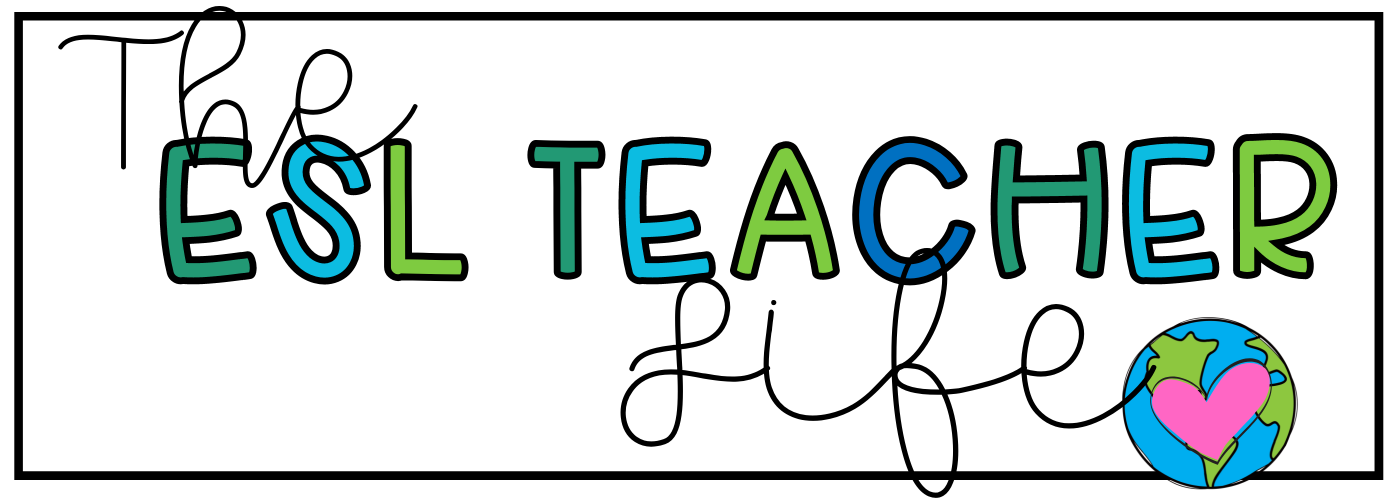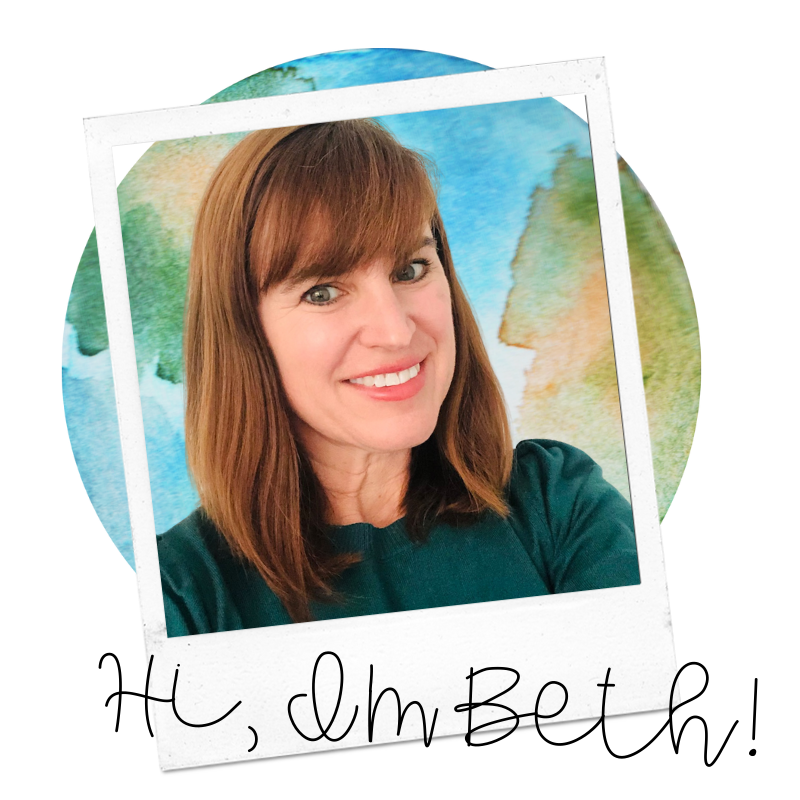Do you know the numerous benefits of incorporating demonstrations into English language instruction? In this post, let’s highlight the language of science and 4 reasons to be using demonstrations in ESL classrooms.
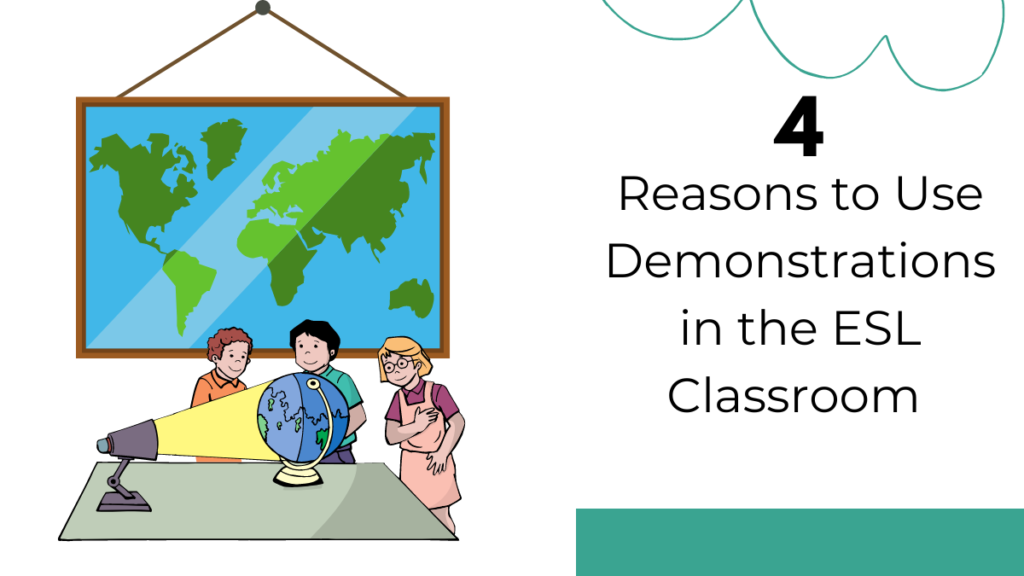
Using Demonstrations in ESL Classrooms:
1. Visual Learning Enhances Comprehension
Science concepts often involve abstract ideas and processes that can be challenging for ESL students to grasp through text alone. Demonstrations provide a visual representation of these concepts, making them more accessible. When students can see a chemical reaction, observe the growth of a plant, or watch the effects of gravity, they gain a clearer understanding of the terms and principles being taught. This visual context allowing students to connect new vocabulary with tangible experiences. Imagine causing a physical or chemical change vs. just reading about it. Below we dissolved Alka-seltzer in water.
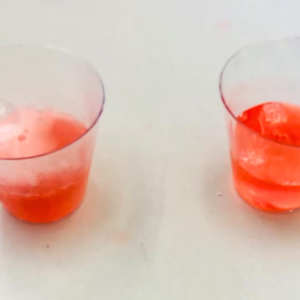
More on Using Demonstrations in ESL Classrooms:
2. Multi-sensory Engagement Boosts Retention
Demonstrations engage multiple senses, which can significantly enhance memory retention. When students see, hear, and even touch during a demonstration, they are more likely to remember the lesson. For instance, conducting a hands-on experiment where students can participate actively, not only reinforces their understanding but also makes learning more enjoyable. Check out the demonstration we did to show how clever the crow was in the fable, The Crow and the Pitcher. Students added small stones to the pitcher and marveled at how the water level rose with each one. It brought the fable to life for the students while engaging them with new vocabulary, life lessons, and retelling.,
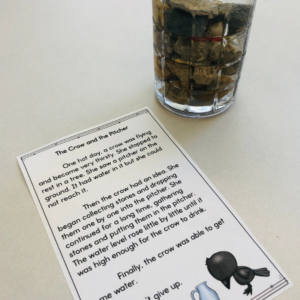
How else do English learners benefit?
3. Demonstrations Promote Active Learning and Participation
Demonstrations encourage active learning. Students can ask questions, make predictions, and discuss outcomes in real-time. This interactive environment promotes participation and fosters a sense of curiosity and inquiry, essential components of scientific learning. By involving students in the learning process, demonstrations help also build their confidence and communication skills in English. They want to know why, so they ask the questions. Below is a picture of an experiment we did on shadows. We also find some ideas on SciShowKids and then can try it out if the materials and time are available. We did one to show how landforms can be formed. I’ll put the Instagram link below.
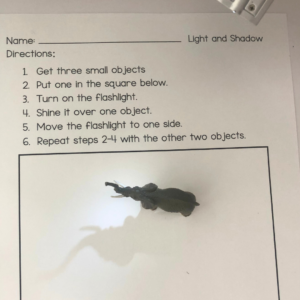
Finally:
4. It Contextualizes Scientific Vocabulary
One of the bigger challenges in teaching the language of science is helping students understand and use specialized vocabulary correctly. Demonstrations provide context for these terms, making them easier to understand and remember. For example, when teaching about the spreading of seeds, it helps to have different types of seeds on hand to show how this happens. You can show the orbit of the sun using balls or paper models. How pollen sticks to insects can be demonstrated with real flowers or cheese balls as a model. Seeing these processes in action helps students internalize the vocabulary and understand its practical application.
Practical Advice for Teaching: Plan Ahead for Using Demonstrations in ESL Classrooms
- Plan Ahead: Ensure you have all necessary materials and that your demonstration aligns with the lesson objectives. Clear planning helps avoid confusion and maximizes the learning impact. Think ahead about the vocabulary and the sentence structures needed.
- Simplify Language: Use clear, simple language when explaining demonstrations. Avoid jargon unless it’s part of the vocabulary being taught, and provide definitions for new terms.
- Engage Students: Involve students in the demonstration process. Ask them to predict outcomes, assist with experiments, or explain what they observe.
- Be ready for them to ask you to do more demonstrations in the ESL classroom!
For resources on fables, just click below.
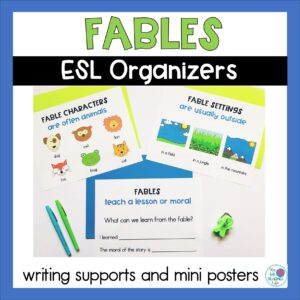
And be sure to check out this post to learn more about teaching a unit on Fables.
Finally, I share videos from in the classroom on Instagram, so come follow me there too. Can’t find something? Please send me a message!
Happy teaching,
Beth
